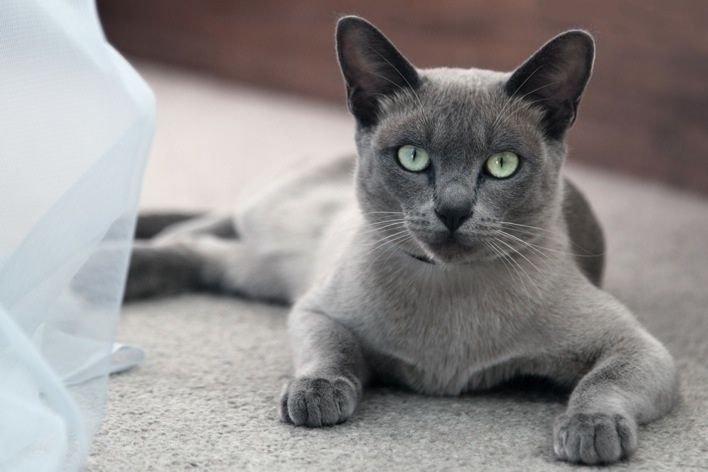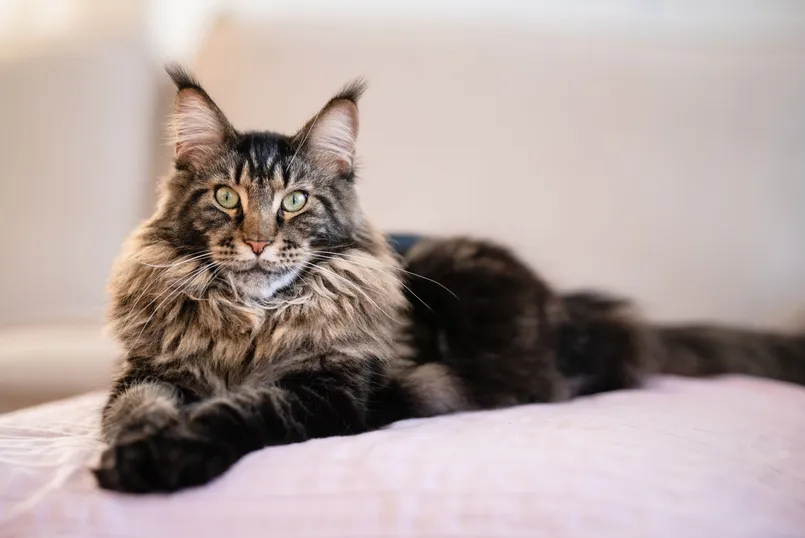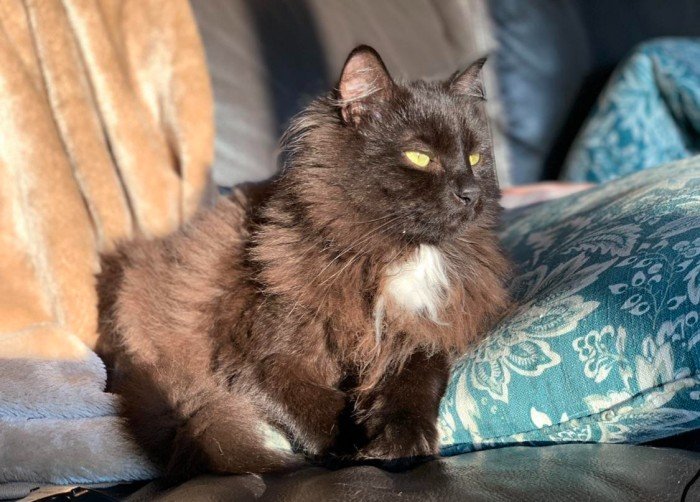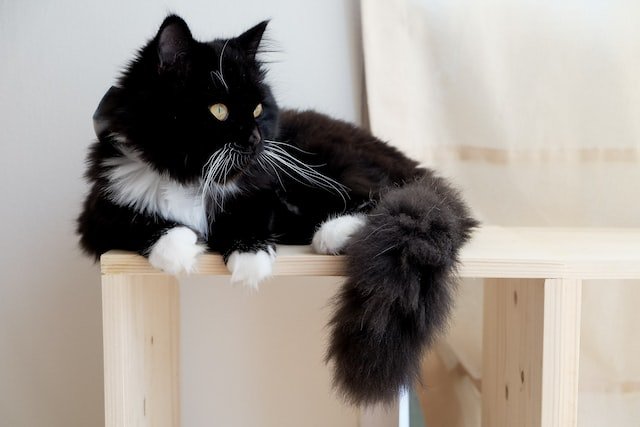
Stay Connected with Us!
Join our communities for the latest updates, tips and earning opportunities:
Persian Cat: The Ultimate Guide to a Regal Feline Companion
Persian cats are often referred to as the royalty of the feline world. Known for their striking appearance and affectionate nature, they are among the most popular cat breeds globally. But owning a Persian cat is not just about their beauty; it requires commitment to their grooming and health needs. This guide explores everything you need to know about these majestic felines.
Table of Contents
ToggleHistory and Origin
The Persian cat’s history dates back to the 17th century when they were brought to Europe from Persia (modern-day Iran). They quickly gained favor among European nobility for their luxurious coats and docile temperament. Over the centuries, breeders have developed the Persian’s iconic flat face, distinguishing them from other long-haired breeds.
Physical Features
- Head and Face: Persian cats have a distinctive flat face, wide-set eyes, and a small, button-like nose.
- Coat: Their long, flowing fur comes in many colors and patterns, such as solid, bicolor, and tabby.
- Size: Medium-sized with a stocky build, they typically weigh between 7–12 pounds.
Their physical features make them stand out, but their brachycephalic structure can require extra care.
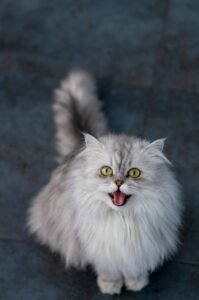
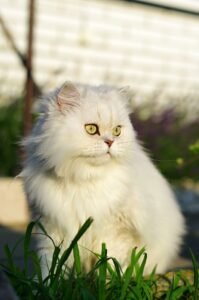
Personality and Behavior
Persians are renowned for their calm and loving nature. They enjoy lounging around but are also highly affectionate with their owners. Unlike more active breeds, they are content with indoor living, making them ideal for apartments or quiet homes.
Grooming and Maintenance
Caring for a Persian cat’s coat is a labor of love. Here are some key tips:
- Daily Brushing: Use a wide-tooth comb to detangle their fur and remove loose hair.
- Bathing Routine: Bath them once every 4–6 weeks to maintain a clean coat.
- Eye Cleaning: Use a damp cloth to wipe their eyes daily, as tear stains are common.
Regular maintenance not only keeps them looking their best but also prevents health issues such as skin infections.
Health and Common Issues
Persians are prone to several health problems, including:
- Respiratory Issues: Their flat faces can make breathing difficult.
- PKD (Polycystic Kidney Disease): A genetic condition affecting their kidneys.
- Dental Problems: Regular tooth brushing is essential.
- Obesity: Monitor their weight and provide a balanced diet to avoid excessive weight gain.
Diet and Nutrition
Feeding your Persian the right diet ensures their overall health and luxurious coat.
- High-Quality Protein: Found in meat-based wet and dry food.
- Omega Fatty Acids: Promote healthy skin and a shiny coat.
- Hydration: Persians are prone to urinary issues, so ensure they drink enough water.
- Avoid Grain-Based Foods: Stick to grain-free options to prevent digestive issues.
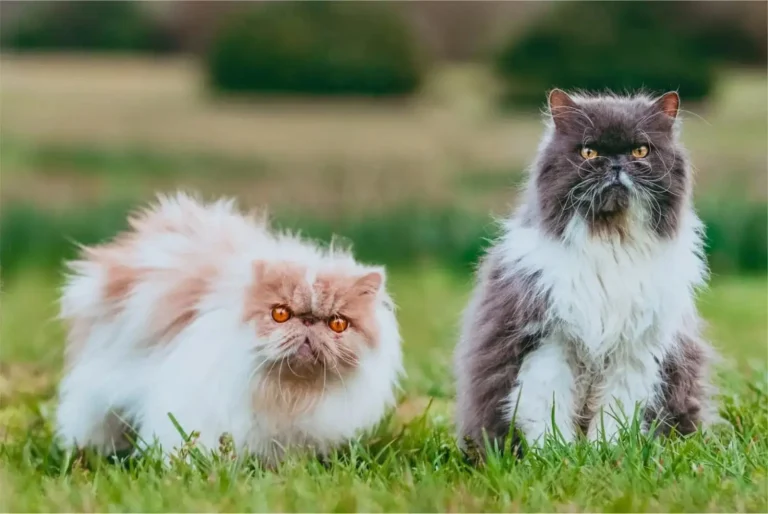
Training Persian Cats
Persian cats are intelligent and can learn basic commands with patience.
- Litter Training: Start young, providing a clean and easily accessible litter box.
- Interactive Play: Use toys to stimulate their minds and prevent boredom.
- Positive Reinforcement: Reward good behavior with treats or affection.
Although they are not as active as some breeds, regular training helps them stay mentally stimulated.
Costs of Owning a Persian Cat
Owning a Persian cat can be an investment.
- Initial Purchase or Adoption Fee: $500–$5,000 depending on the breeder or shelter.
- Grooming Supplies: Brushes, shampoos, and professional grooming can cost $500–$1,000 annually.
- Veterinary Care: Annual exams, vaccinations, and potential health issues can add $300–$700 per year.
- Food and Supplies: High-quality food, toys, and litter can cost around $400–$800 yearly.
Persian Cats as Pets
Persians thrive in calm households where they can relax and enjoy their owner’s company. They are well-suited for families, seniors, and even single individuals. Persians prefer a stable environment and may not adapt well to frequent changes.
How to Choose a Persian Cat
When selecting a Persian cat, consider:
- Breeders vs. Shelters: Reputable breeders provide health guarantees, while shelters offer a chance to adopt a Persian in need.
- Physical Health: Look for clear eyes, clean fur, and an active personality.
- Temperament: Spend time with the kitten or cat to ensure compatibility with your lifestyle
Living with Persian Cats: Real-Life Stories
Persian cat owners often describe their pets as “lap cats” that bring tranquility to their homes. One owner shared how her Persian helped her deal with stress by simply being present and affectionate. Others enjoy the bond formed through daily grooming sessions, turning it into a moment of connection.
Conclusion
Persian cats are gentle, loving, and undeniably stunning. While their care demands are higher than average, the rewards of having such a loyal and beautiful companion are worth the effort. By providing regular grooming, a balanced diet, and lots of affection, you can ensure your Persian cat leads a happy, healthy life.
External References and Resources
FAQs
Do Persian cats shed a lot of fur?
Yes, Persian cats are known for their luxurious but high-maintenance coats, which shed heavily. Daily brushing is crucial to manage shedding and prevent mats or tangles.Can Persian cats be left alone for long periods?
Persian cats can handle short periods alone but thrive on human companionship. Extended isolation might lead to boredom or anxiety, so ensure they have toys and stimulating activities if you’re away frequently.Are Persian cats a good choice for first-time pet owners?
Persian cats can be ideal for first-time owners who are prepared to meet their grooming and health care needs. Their calm and gentle nature makes them easy to bond with, but their care requirements demand a dedicated owner.How do you prevent matting in a Persian’s coat?
Regular brushing using a wide-tooth comb or grooming tool prevents matting. Focus on areas prone to tangles, such as the belly and behind the ears, and consider professional grooming every few months.What should a Persian cat’s diet include?
A Persian cat’s diet should include high-quality protein from wet or dry food, omega fatty acids for a shiny coat, and plenty of hydration to support urinary health. Avoid grain-heavy diets to prevent digestive issues.

